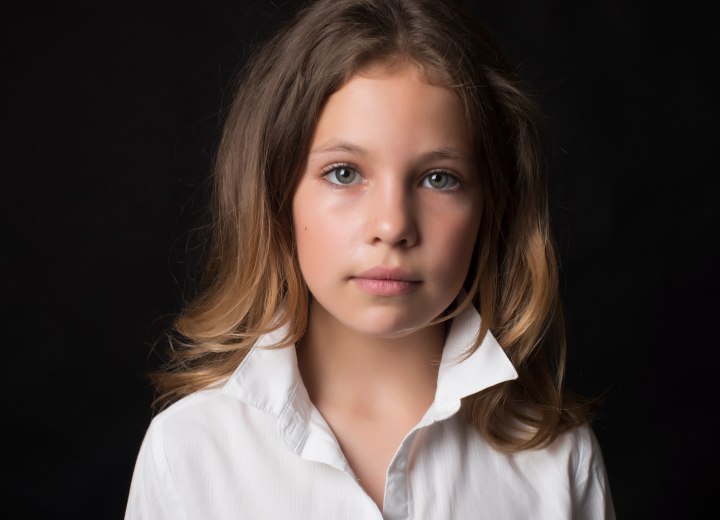Damage Caused by Hair Color

It's always turned out nice and looks healthy, but I wonder, in the long run, will this damage her hair in any way? She's now 14 and we're about to go back close to her natural color - maybe a little darker. Please let me know your thoughts as I hope we haven't screwed it up already.
A: To be honest, any chemical service takes a certain toll on the hair. Some processes are harsher than others, and the effects can be mitigated with proper hair care and maintenance. Unless your daughter's hair color changes have involved dramatically lightening the hair (or lightening it repeatedly) you should be in reasonable shape.
You're usually safer in coloring as long as you use deposit-only colors. These tend to be much less harsh to the hair, and have less risk of doing actual damage. If your choice of color requires that the starting color be lifted to a lighter level, be sure that you don't lift the color level too much in one process.
This is where most hair color related problems occur - the bleaching process. While deposit-only color processes simply introduce color molecules into the hair shaft, high-lift processes use stronger formulations of peroxide (and sometimes a separate bleaching stage) to disperse the original color and then introduce a lighter tonal color.
I generally urge against doing anything to a minor's hair. This is for several reasons:
First, I feel that a person should be mature enough to be responsible for properly caring for their hair before having perms, relaxers and hair color services. Most of these processes are harsh and require daily maintenance and care to keep them looking their best.
Many young people aren't mature enough to keep in mind that things like swimming in chlorinated pools and seawater can have harmful effects on chemically treated hair, and few have the patience required to properly condition the hair every day.
Another reason to discourage chemical services in younger people is that as they mature and their bodies develop, they can go through serious reactions to the chemicals used in various hair processes. These sensitivities can come and go, and a process that caused no problems once might lead to an allergic reaction the next time it is done. Then there's the fact that the hair may change as they mature and react differently from one process to the next.
Fortunately, most of today's products are formulated to be gentler to the hair and scalp and you can always do a patch test to check for chemical sensitivities before having a procedure done. I realize that by most people's standards, I am overly cautious about doing nothing to harm the hair. But I know how most women (and especially young girls) feel about their hair and would never want to see a young woman forced to cut off her long hair because of a bad reaction to a service that she didn't really need.
Don't let my statements imply that I think you made a mistake in letting your daughter's hair be colored. It's always a matter of choice, and as you've always gone the wisest route and sought professional service, you've done more than many mothers I've known.
©hairfinder.com
See also:
Is it ok to dye a child's hair?
Will coloring damage my hair?
How to identify hair damage